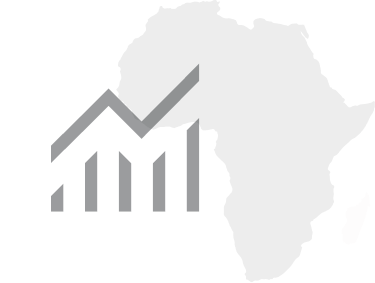Co-designing with the end in mind: health for all
30 May, 2018
The opinions expressed in this article are solely those of the author, and do not necessarily reflect the opinions or views of the Mo Ibrahim Foundation.
This blog reflects the personal view of the author.
Global demographic trends show unmistakably that in coming years, the youth of the world will be African. It means that Africa will need to provide a public and private framework to put young people first in rural and urban areas.
Without jobs and a wider tax base, health systems cannot be strengthened. In 2014, Ebola arrested economic transformation in Guinea, Liberia and Sierra Leone. With an African public-private initiative, we Africans demonstrated our ability to respond to a health emergency. As Africa responds to the current Ebola outbreak in the Democratic Republic of Congo (DRC), there are signs that we have strengthened our public sector response. Guinea, most affected by the epidemic in 2014, has sent a WHO-sponsored team to Bikoro, DRC.
[su_highlight]Though there are gaps, the outbreak response this time around has shown we have pockets of excellence that we need to recognise, document, celebrate and strengthen.[/su_highlight]
It also shows the way forward for Africa’s approach to healthcare. The opportunity is that by 2050, Africa’s population will be 2.5 billion strong. Half of the world’s population will be concentrated in 9 countries. Five – DRC, Ethiopia, Nigeria, Tanzania and Uganda – are in Africa. At minimum, basic care must be addressed at local level while regional specialised care centres must be co-designed to avoid waste but most importantly, move away from the idea that healthcare is only a domestic issue. Sixty per cent of Africa’s population is under 25. In 2030, it will be at 57 per cent. Africa’s young population will require larger amounts of public, private and philanthropic expenditures for education and economic opportunity including jobs, basic services and housing. By 2020, 560 million or 41% of Africa’s population will live in cities but the majority will remain in rural areas.
Ebola hits where infrastructure is weak, then makes its way to urban centres when the rest of Africa and the world suddenly goes on alert. Its spread in 2014 was exacerbated by a deadly combination of weak health systems coupled with poor hygiene and sanitation in the affected countries in West Africa. The private sector was not strong in Nzerekore, Guinea when Ebola erupted. It is not strong in DRC’s Equateur Province, now going through its fourth Ebola outbreak following those of 1976, 1977, and 2014. Government is the custodian of health systems, according to our current social model. But public sector employees in Africa represent less than 12% of total employment, according to the 2018 Ibrahim Forum report.
We need to rethink government service so that health is no longer dependent on overseas development assistance. Areas of the health sector such as population policies including HIV/AIDS control represent 20% of Africa’s ODA. We know that the average private health expenditure in sub-Saharan Africa is 57% of total health expenditure while in Cameroon, Côte d’Ivoire, Guinea-Bissau, Mali, Nigeria, Sierra Leone, Sudan and Uganda it is higher than 70%. For that to change, public service must embrace a model co-designed with the private sector, individuals with disposable income, and philanthropists. For example, Africa’s 1.7 million Red Cross volunteers can keep watch over the community so that preventable diseases no longer disrupt progress.
We must recall that the African Union, with private sector partners, trained and deployed about 900 volunteer health workers from 20 African countries to Guinea, Liberia and Sierra Leone during the 2014 Ebola crisis. There are more of these valiant African health workers than we realise. Ebola, and non-communicable diseases such as cancer, expose health system weaknesses. Yet, a growing number of Africans travel within and outside the continent to seek medical treatment to preserve their most valuable asset: their health.
In this context, regional hubs with specialised treatments should be developed based on data that shows what common, recurrent, chronic and viral pathologies are in that particular region. Given the small size of some of African economies, we cannot expect all countries to have the same level of care. We must ensure basic care is available to all, paid by citizens' taxes. Specialised centres must become regional hubs with national collaborative centres.
That model could provide an answer to public anger over high ranking officials' 'medical tourism', which has seen presidents and senior ministers venture to the safety of modern and sophisticated medical care. Though I understand the issue, I think that the same level of activism should prevail on current conditions in public facilities. Free healthcare does not exist; it is tax-paid. And it is time that African taxpayers and the governments that spend their money focus on the majority while reminding the minority that inequity erodes progress toward attaining the SDGs in the set timeframe.
Diseases like Ebola will continue to disrupt progress and slow economic transformation. Thus while Africa’s economic planners aim, in the long run, to creating jobs for all and universal healthcare, in the near term, regional health hubs could help to address some of our most immediate medical concerns. These hubs could and should be funded using government contributions bearing in mind the low level of public service personnel.


